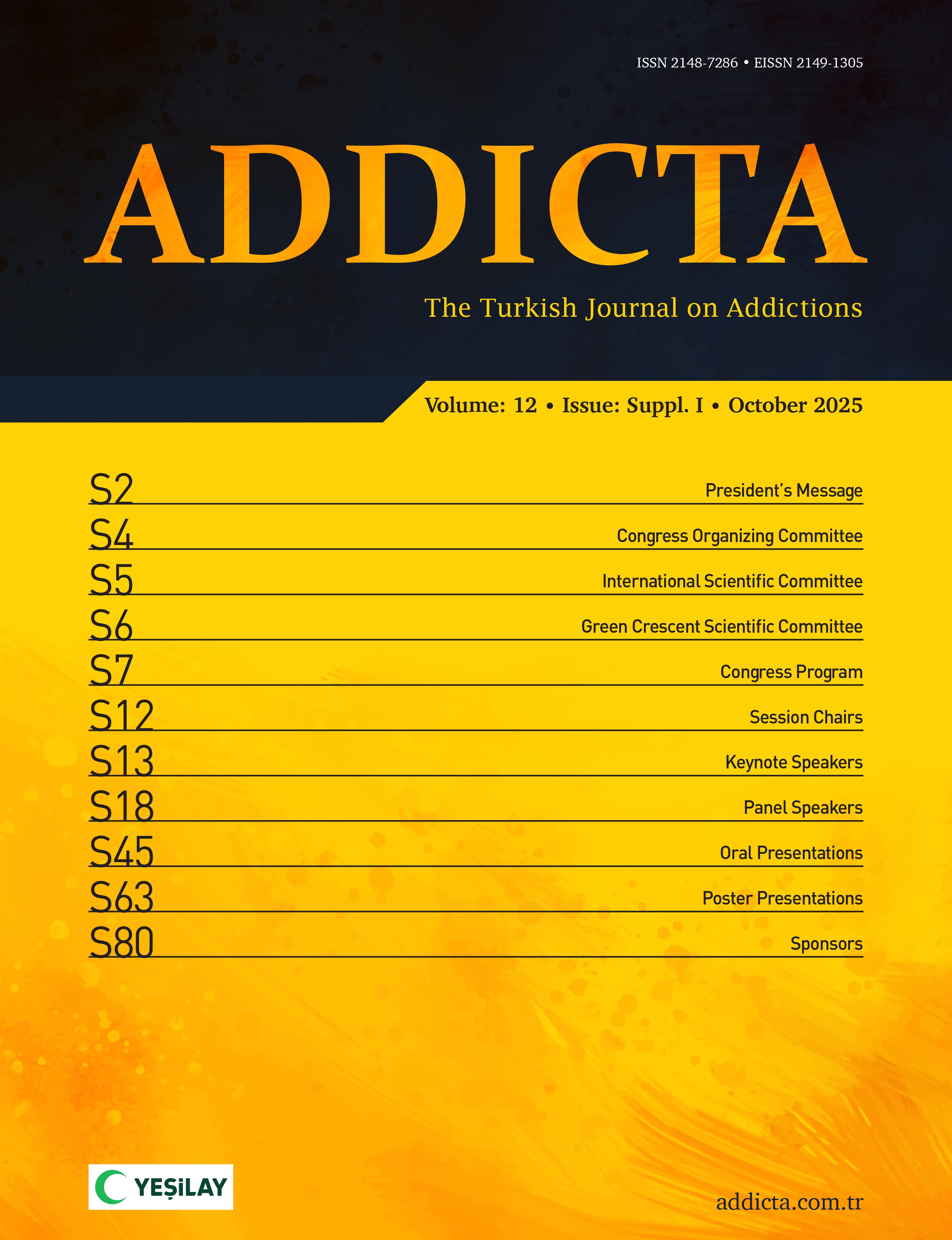Intoxicants are important causes of morbidity and mortality in emergency rooms. Patients presented due to synthetic cannabinoid (SC) use have become increasingly more common among intoxicated patients. Thus, we intend to contribute to the literature by screening UR-144, XLR-11, AB-PINACA, AB-FUNICA, ADB-FUNICA and their major metabolites through the enzyme-immunoassay technique and providing diagnostic test results in patients with a history of SC use. We aim to contribute to the literature by presenting data regarding patients with SC use, which has become a significant public health issue and may be associated with dose-dependent fatal complications as these patients represent a challenging group due to their complaints upon presentation, tendency to mask the substance used, and diverse symptoms. This is a prospective, cross-sectional study and includes 28 patients with a history of SC use who have been admitted intoxicated to the emergency rooms of the Health Sciences University, Kayseri Research and Training Hospital between January 2017 and January 2018 and who have accepted participating in the study. We have evaluated demographic data, symptoms, clinical findings, biochemical markers, Glasgow Coma Scale (GCS) scores, poisoning severity scores (PSS), and the results from the employed diagnostic tests. The symptoms and presented findings have been found to include anxiety in 17 (60.7%), vomiting in 17 (60.7%), altered states of consciousness in 12 (42.9%), speech disorders in 11 (39.3%), loss of consciousness in 10 (35.7%), convulsions in eight (28.6%), chest pains in eight (28.6%), hallucinations in seven (25.0%), palpitations in five (17.9%), and nystagmuses in three patients (10.7%). Twenty-four patients (86%) were discharged following treatment in the emergency room. Three patients (10.7%) were admitted to the intensive care unit. In 6 patients (21.4%), SCs had been used in combination with alcohol. Three SCs (10.7%) were detected in initial urinalyses while 15 SCs (53.6%) were detected in screening tests. The study revealed 4 major findings. Firstly, patients suspected of consuming new-generation SCs are frequently admitted to emergency rooms. Secondly, patients with suspected SC intake are often found to use SCs in combination with another psychoactive substance. Thirdly, urinary drug testing used for rapid emergency-room diagnosis is misleading. Finally, clinicians should be aware of the various symptoms and clinical findings based on the combined use of SCs with other psychoactive substances.
To cite this article: Altintop, I., Karakukcu, C., & Tatli, M. (2019). Assessment of patients admitted to emergency rooms with synthetic cannabinoid intoxication: A prospective study. Addicta: The Turkish Journal on Addictions, 6, 133−146. http://dx.doi.org/10.15805/addicta.2019.6.1.0019

.png)


.png)
.png)